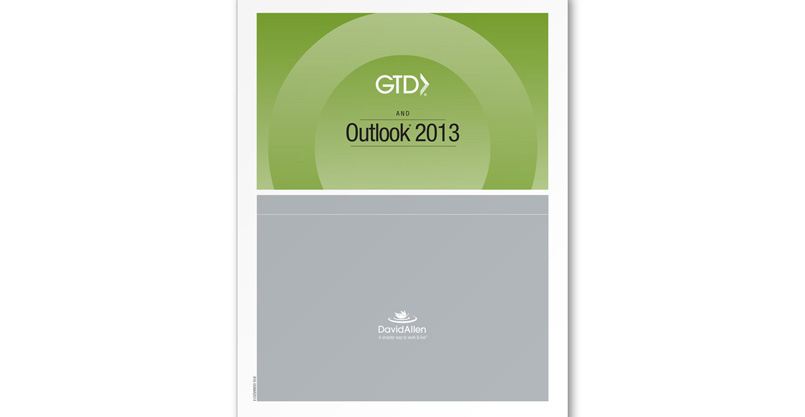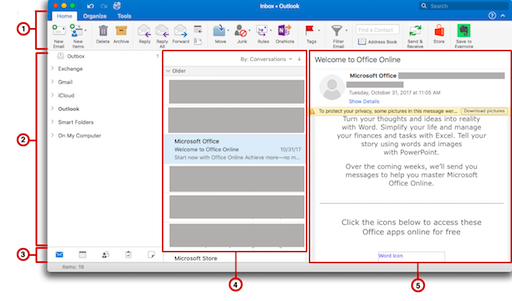고정 헤더 영역
상세 컨텐츠
본문
Outlook for Mac. Microsoft Outlook with an Office 365 subscription is the latest version of Outlook. Previous versions include Outlook 2013. Great app, but isolated from iOS I really like the integration of the outlook app with Outlook on my Windows 10 PC, OWA and my Mac. The experience and functionality are very similar between platforms which make it easy for me to switch between them and still be productive.
- Microsoft has revealed its plans to bring a new design to its Outlook for Mac app along with several performance improvements (via The Verge). Account syncing optimizations are promised as.
- 2016-6-6 Microsoft Office Outlook 2016 for mac是一款Mac上的微软办公软件Office 2016 Mac中的电子邮箱组件,现在已经从Microsoft Officeoffice 2010 是一款智能办公软件,功能强大非常好用.office 2010 密钥一直是使用Office 2010的人非常关注的一个问题,今天小.
- 2020-3-30 微软将其在iOS和Android版Outlook和Windows Mail上使用的同步技术引入到Mac版Outlook,这意味着借助Microsoft的云服务,Office 365,Outlook.com甚至Google帐户都可以.
- In Microsoft Outlook 2016 for Mac or Office for Mac 2011, you receive a 'No Results' message when you try to search for an email message or apply a filter to a folder, and task items are not displayed in the Tasks folder.
- What's new in Outlook for Mac. The new Outlook has many new features and improved experiences, including: Customizable toolbar. Choose commands to display in the Toolbar. In the Toolbar, select the more icon, then Customize Toolbar. Improved search. Search is now powered by Microsoft Search and has better results and suggestions.
When it comes to running Microsoft Outlook on a PC versus Mac, the choice between the two is often less a question of need and more a question of preference. It is essentially the specific functionality of these products that creates the user preference. Preference can, of course, be influenced by need, and every user has at least one specific need for a product: “to accomplish X.”
The average user basically has three options to run Microsoft Outlook:
Microsoft Outlook for Mac: This option meets very basic needs such as drafting emails, creating calendar events, and saving contacts. Based on a review of Microsoft’s direct support forums, the only feature available on Outlook for Mac that is not available on Outlook for Windows is the ability to synchronize Mail, Calendar, Tasks, and Notes with Outlook.com.
Microsoft Outlook for Windows: In my opinion, this is the best option because you’re able to run the application in Microsoft Windows, which means you have access to all of the application’s features. You’re able to use read-receipts, social, and voting features, allowing for collaboration on your projects. More importantly, side-by-side calendars, conversation actions, and the ability to use Word to compose your emails all allow for endless support from your co-workers so you’re all on the same page. You can even paste tables from Word/Excel directly into your email draft. There is an endless list of features available for Windows that are not available for Mac.
Office 365: This one-year subscription provides the entire suite of Microsoft products, plus 1 TB of OneDrive and Skype. Office 365 offers both “for home” and “for business” options, depending on your need. In addition, on up to five machines, you can download the applications natively versus using them in a browser. Downloading the program directly is highly recommended because there are many native options that are not available—or reliable—in the browser version (which again supports my opinion that Outlook for Windows is the best option). You can try a one-month subscription of Office365 for free.
Do you own a Mac? Does your job require the features available on Outlook for Windows? This is where Parallels Desktop for Mac can help you avoid the need to purchase a separate computer for Windows. Here’s what you will need to do:
In Parallels Desktop, create or port in a Windows virtual machine. Need Windows 10? Buy it below:
Windows 10 comes with the Outlook program. Either create a Microsoft exchange account or log in with an existing account:
Once logged in, you will have full access to Microsoft Outlook for Windows features on your Mac!
If you’re comparing Outlook 2016 for Mac to Outlook 2016 for Windows, you can find a full comparison from Microsoft outlining Mail, Calendar, Contacts, Tasks, Protocols, Exchange, and Miscellaneous here.
However, if you’re comparing the entirety of the Microsoft Office suite on Mac versus the Microsoft Office suite on Windows and iOS, check out the detailed report: Read Now – This post details Outlook, Word, Excel, and PowerPoint.
Interested in running Microsoft Outlook or other Windows-exclusive programs on your Mac? Try a Parallels Desktop 14-day trial for FREE.
Microsoft Outlook Mac Won't Open
-->Symptom
You cannot set the default chat app to Skype for Business in Microsoft Outlook for Mac because the default value is set to another app (for example, Microsoft Teams).

Workaround
Microsoft Outlook Mac
To work around this issue, follow these steps:
- Navigate to the following location:
~Library/Preferences/com.apple.LaunchServices/com.apple.launchservices.secure.plist. - Locate the LSHandlerURLScheme sip under the Root/LSHandlers/Item array and verify that LSHandlerRoleAll refers to an app other than com.microsoft.skypeforbusiness.
- Change LSHandlerRoleAll to com.microsoft.skypeforbusiness.
- Restart the computer.
- In Outlook, hover the cursor over the contact, and then select the IM button to verify that the Skype for Business app starts.
Alternatively, you may be able to use Workgroup Manager by getting support from Apple to avoid configuring LSHandlerRoleAll on a per-user basis. For more information, see the Client Management documentation in the Mac OS X Server area of the Apple website (www.apple.com/server).
Status


Microsoft is researching this problem and will post more information in this article when the information becomes available.
More information
For detailed information about how to manage preferences by using Workgroup Manager, see the Mac OS X Server User Management documentation.
Microsoft Outlook Mac Os High Sierra
Still need help? Go to Microsoft Community.





댓글 영역